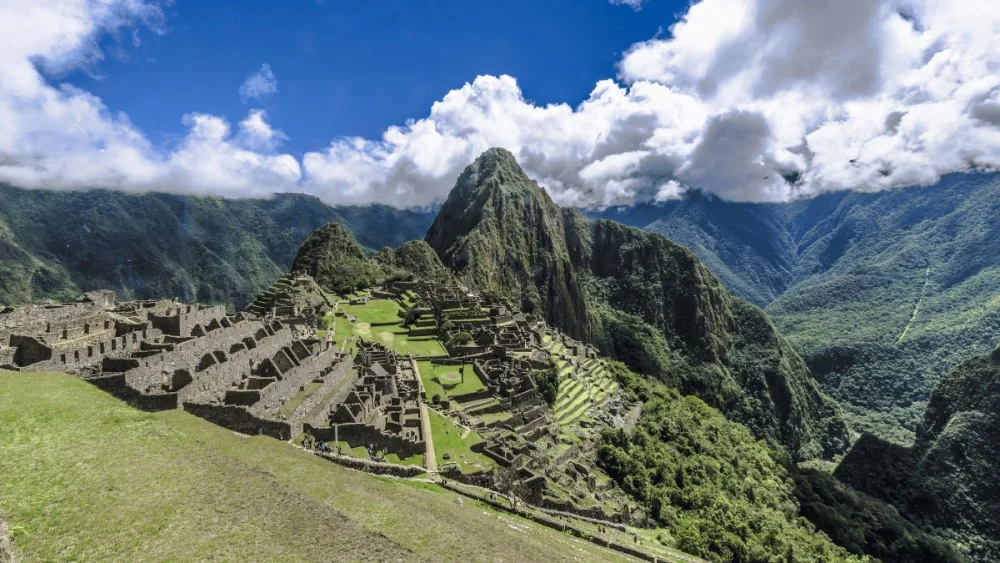BLOCK MOUNTAIN:
Block mountains for example also known as fault-block mountains, are the result of faulting caused by tensile and compressive forces motored by endogenetic forces coming from within the earth. These mountains represent the upstanding parts of the ground between two faults or on either side of a rift valley or a graben. Essentially, these Mountains are formed due to faulting in the ground surface. These mountains are generally of two basic types; (i) tilted Block Mountains having one side represented by a fault scarp and one gentle side. (ii) lifted block mountains represent real horst and are characterized by flattened summits of tabular shape and steep side slopes represented by two boundary faults. Block Mountains are also called Horst Mountains.

Mountains are found in all the continents e.g. (i) Young block mountains around Albert, Warmer, and Klamath lakes in the Steens Mountain District of Southern Oregon, the Wasatch Range in the Utah provinces, etc. In the USA, (ii) the Vosges and Black Forest Mountain bordering the faulted Rhine rift valley in Europe, (iii) the Salt Range of Pakistan, etc. Sierra Nevada Mountain of California (USA) is considered to be the most extensive mountain block in the world. This mountain extends for a length of 640 km having a width of 80 km and a height of 2,400 to 3,600 m.
There are two theories for the origin of these mountains viz. (i) fault theory and (ii) erosion theory.
Fault Theory:
Most geologists think that these mountains are formed due to faulting. The structural patterns of the Great Basin Range Mountains of Utah province (USA) were closely studied by Clarence King and G.K. Gilbert who named these mountains as faulted blocks. Since the mountain formed due to large-scale faulting was named Block Mountains. this mountain was formed in several ways:

- Mountains were formed due to the upward movement of the middle block between two normal faults.
- movements were formed when the side blocks of two faults move downward whereas the middle block remains stable at its place.
- Mountains may be formed when the middle block between two normal faults moves downward. Thus, the side block became hosts and Block Mountains. Such mountains are associated with the formation of rift valleys.
Erosion Theory:
J.F. Spurr, based on the detailed study of the Great Basin Range Mountains of the USA, opined that these mountains were not formed due to the tilting, rather they were formed due to differential erosion. According to Spurr the mountains, after their origin in the Mesozoic era were subjected to intense erosion. Consequently, differential erosion resulted in the formation of existing denuded Great Basin Range Mountains.

